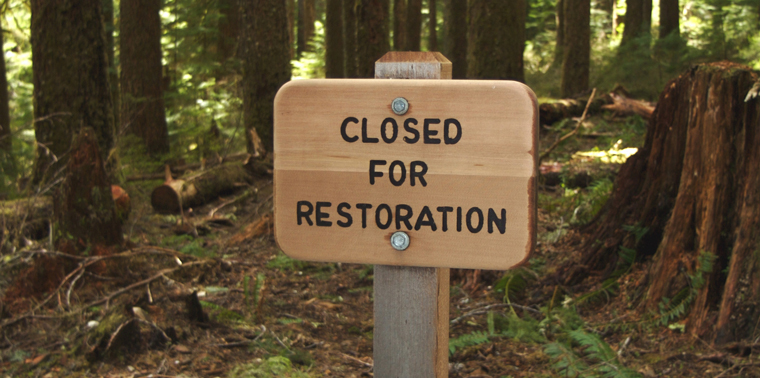Regeneration emphasizes not just reducing environmental damage but actively restoring and enhancing natural systems. What’s more, regeneration goes beyond restoration; it goes beyond simply offsetting negative impact. On the contrary, it seeks to create positive environmental and social outcomes.
Sadly, international climate mitigation experts and policymakers are excessively focused on carbon emissions while the world also faces severe biodiversity loss, severe water shortage and growing inequality. While most international climate conferences have made little progress, restoration projects are mushrooming everywhere.
Paul Hawkins, the author of the bestseller The Drawdown, calls Regeneration “A radical new approach to the climate crisis, one that weaves justice, climate, biodiversity, and human dignity into a seamless tapestry of action, policy, and transformation that can end the climate crisis in one generation.”
What Can I Do?
Regeneration lays greater emphasis on restoring biodiversity, improving soil health, and protecting vital ecosystems like forests and oceans. It also aligns well with the circular economy model, which focuses on reducing waste, reusing materials, and keeping resources in circulation.
Because people can witness small and powerful outcomes from restoration projects, their belief in the community’s power in fighting climate crisis is growing all over the world. The new buzzwords are ‘Regenerative Agriculture’, one that improves soil health and increases biodiversity, and ‘Rewilding’, where nature is left alone to restore itself with minimal or no human support.
Looking at the magnitude of the climate crisis, most people have been throwing up their hands with the question, “What can I do?”. With the Regeneration movement, the question most likely to be is, “What should I do?” This is a paradigm shift that will have a big impact on how ordinary people will make a significant contribution to fighting the climate crisis.
This is because Regeneration is co-operative, unlike the top-down governmental approach. Regeneration is Indigenous; it is compassionate. And most important of all, it is optimistic.
Yet, Regeneration is not a substitute for the need for massive reengineering of how the world consumes its energy and deals with its waste. This will take decades to show results, if at all. Until then, the positive stories of regeneration will put smiles on a lot of peoples’ faces.












